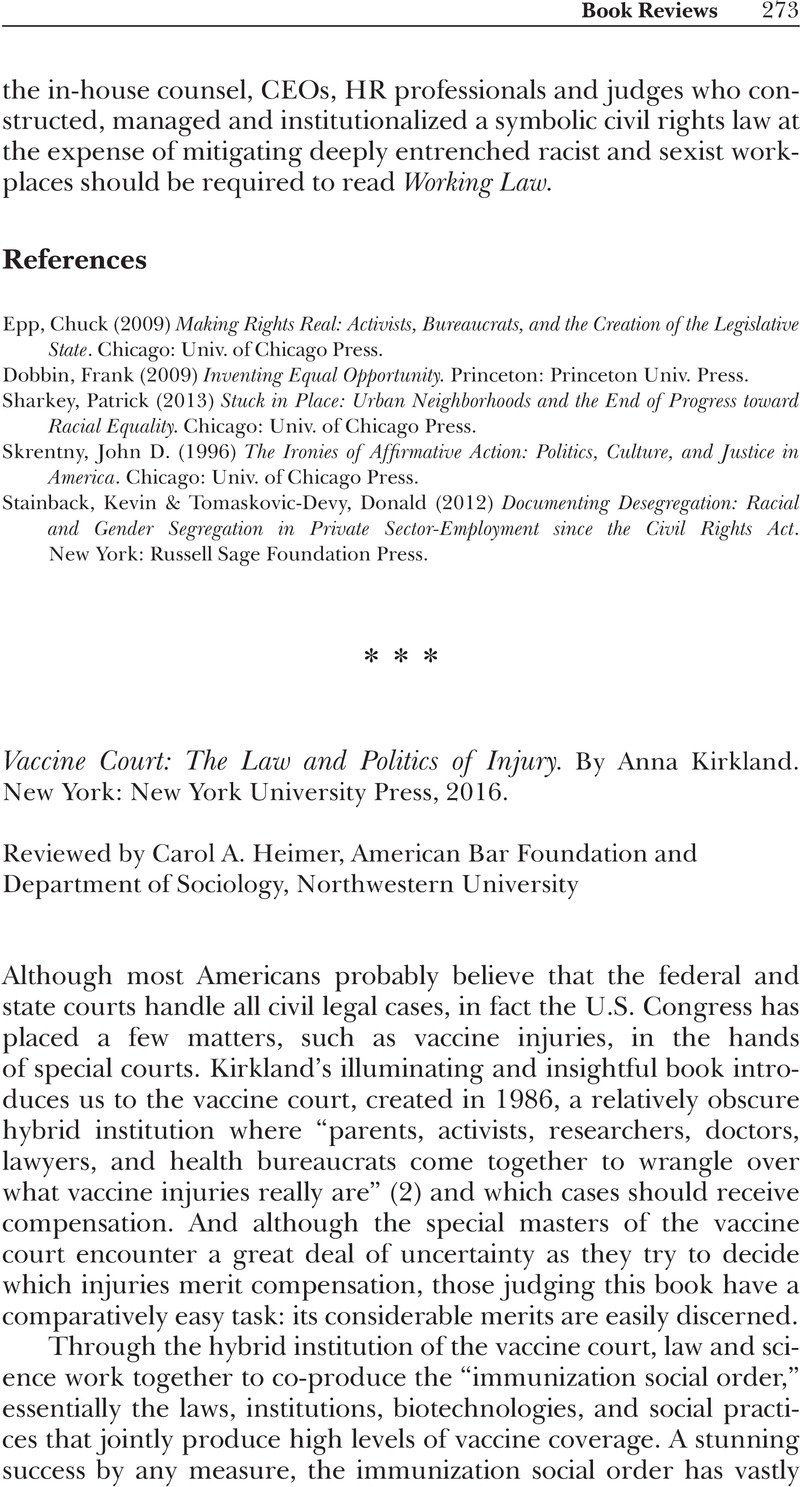Crossref Citations
This article has been cited by the following publications. This list is generated based on data provided by Crossref.
Obidairo, Thomas Simeon
2005.
The Prospective Role of Anti-Corruption Conventions in Curbing Transnational Bribery by Corporations.
SSRN Electronic Journal,
Vinuales, Jorge E.
and
Dupuy, Pierre-Marie
2012.
The Challenge of ‘Proliferation’: An Anatomy of the Debate.
SSRN Electronic Journal,
Caron, David D.
and
Shirlow, Esme
2015.
Most Favoured Nation Treatment -- Substantive Protection in Investment Law.
SSRN Electronic Journal,



